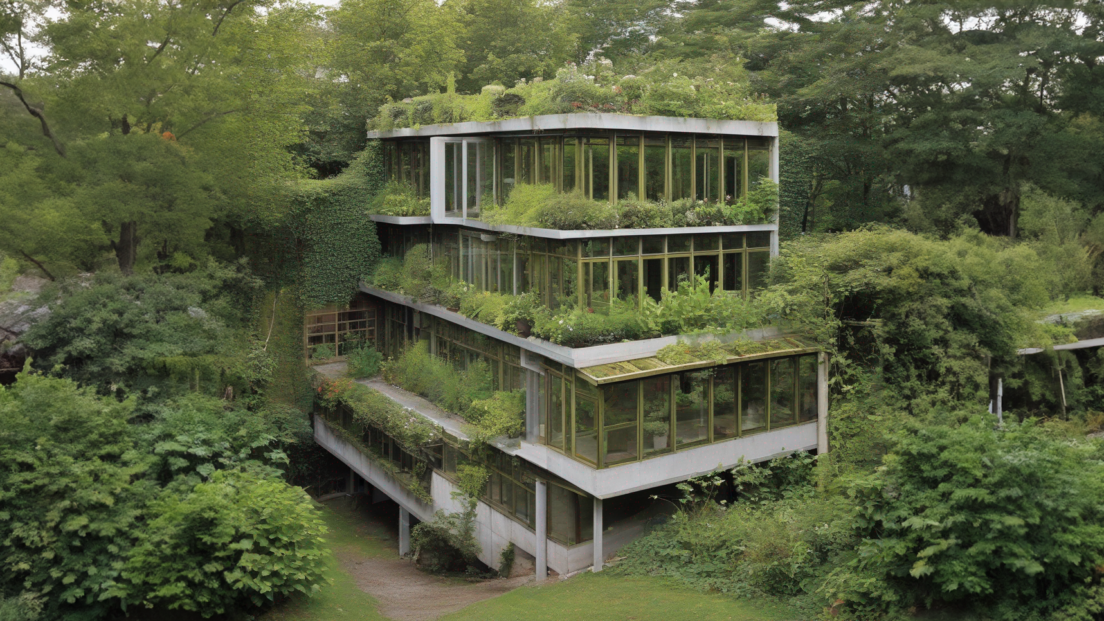More incentives for compact and ecological construction

Bernhard Lanzendörfer, an expert in the construction sector, argues in favour of innovative policies and incentive systems to counteract global warming and the housing shortage at the same time. His clear message: time is pressing for such solutions.
At a time when the fight against global warming and the housing shortage is becoming increasingly urgent, everyone working in the construction sector is more challenged than ever. The building stock is responsible for a significant proportion of CO2 emissions and the need for new housing is growing faster than ever before. It is therefore essential to act quickly.
Despite numerous initiatives and political initiatives, progress in solving these problems still seems to be too slow and the fronts are becoming increasingly hardened. Bernhard Lanzendörfer argues in favour of a joint search for quick, innovative, affordable and social solutions instead of getting lost in ideological standpoints.
One example of an ideological standpoint is the petition by the Countdown 2030 association, which vehemently opposes the demolition of buildings. Bernhard Lanzendörfer argues that rigid ideas such as these will not solve the problems and calls for a differentiated view from a structural, ecological and social perspective.
In view of the housing shortage, a substantial densification of living space is often only possible through the construction of replacement buildings. The building-within-existing-buildings approach quickly reaches its limits here, especially when it comes to modernising and adding storeys to existing buildings.
In order to promote ecological and social construction, Lanzendörfer suggests that politicians should create concrete incentives. This could be done, for example, through rewards for the ecological upgrading of buildings or a higher utilisation rate for ecological flagship projects.
In view of rising population figures and increasing urban sprawl, it is essential to build upwards. Although this may meet with resistance, according to Lanzendörfer it is the simplest solution for making better use of every square metre.
It is important not to hinder innovative concepts with ideological barriers. The construction industry has already made great progress in the development of climate-friendly products, and politicians are also supporting the use of environmentally friendly building materials through new regulations in environmental protection legislation.